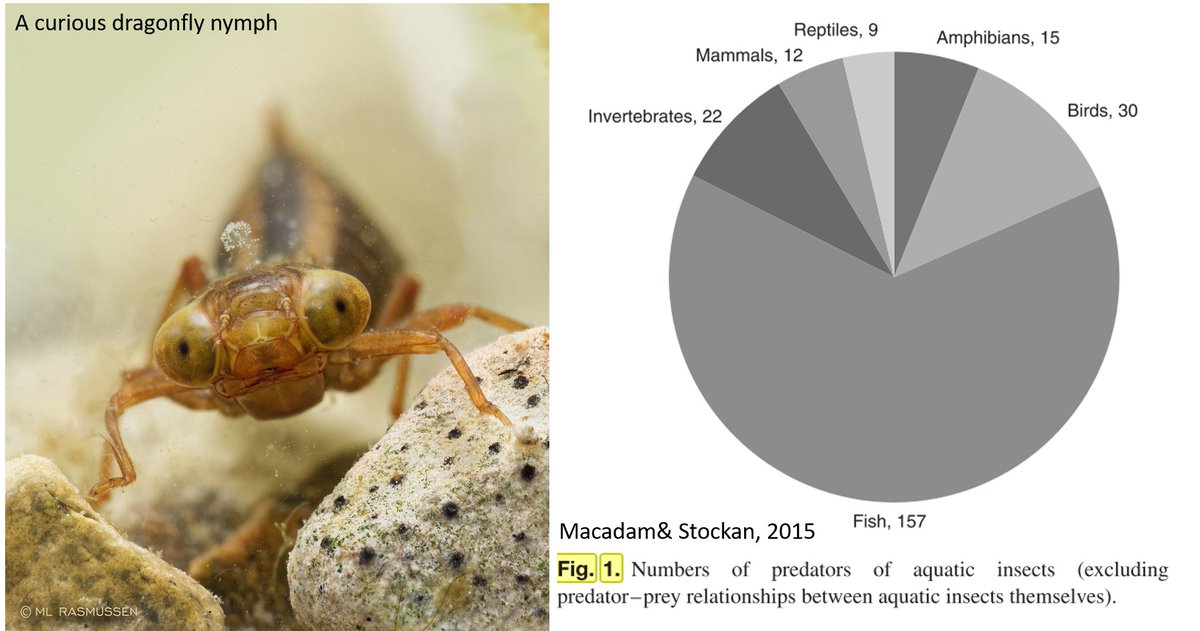
1/11 Hello! Really excited to share what I’ve been working on since starting my PhD at @UK_CEH. My project is called ‘The impacts of long-term declines in insect abundance on ecosystem function’. I’m funded by @NERCscience’s @SCENARIO_DTP #WallingfordECRTweets #insectdeclines
2/11 I’m going to give you a peek at some results from my first data analysis on the hot topic of #insectdeclines – an important research area to achieve #post2020 #CBD targets. I’m interested in understanding long-term abundance change in freshwater invertebrates in England!
3/11 A bit of background. It's difficult to see at first, but our rivers are teeming with life. Millions of insect larvae and other invertebrates lie under the surface, providing vital food for fish (and birds, bats and frogs), recycling nutrients and decomposing dead material. 

4/11 Using long-term data from 66,874 samples collected by @EnvAgency across thousands of waterbodies in England, we were able to explore patterns of abundance change for these different invertebrate taxa over time since 2002. 

5/11 Contrary to some headlines we’ve seen about dramatic #insectdeclines over the last few years, our results show it’s not all bad news for river inverts. Overall, we see no significant decline in the total abundance… although insects show different trends to other taxa... 

6/11 For example, we found some insects - like caddisfly (Trichoptera) – to have increased by as much as 80% since 2002 in some regions. Other invertebrates, like annelid (segmented) worms, have a very different story to tell however. 

7/11 One of our main findings suggests that river invertebrate abundance trends are very spatially variable. Some regions in England – like East Anglia - are sporting gains for almost all invertebrates. For others, like the South East, taxon-wide losses can be found. 

8/11 This spatial variation appears to be strongest on a site-to-site level, potentially revealing that local as well as regional environmental conditions are important in driving abundance changes. 

9/11 A range of different factors could be responsible for variation in trends. Thanks to the #WFD, our rivers have seen improved water quality over the last couple of decades. However, other threats to aquatic invertebrates still loom large, like invasive alien predators. 

10/11 So where will the project go next? At the moment, we’re busy working on understanding how trends differ when we aggregate data by functional guilds. This may help us explore how different ecosystem processes might be affected by any declines we found across space and time
11/11 Thanks to @NERCscience @SCENARIO_DTP for funding this research, @EnvAgency for access to a great dataset & my brilliant supervisors @DavidRoyBRC @Tom_H_Oliver @TimJohnsEA @MGS_tweets & Jeremy Thomas. Questions from the twitter audience most welcome! #WallingfordECRTweets
• • •
Missing some Tweet in this thread? You can try to
force a refresh


